8. Waking Life (Richard Linklater, 2001)
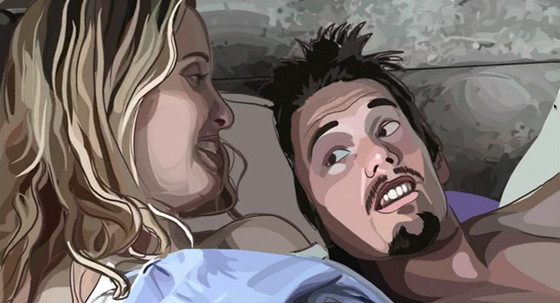
“Waking Life” is an investigation into the nature of dreams. A series of monologues and conversations forge the way for this oniric piece to develop several interpretations and mind-bending assumptions about the functioning of the universe and the mind. We jump from one dream to another, accompanying our protagonist in what seems to be a lucid dream whose beginning we can never be sure of.
The film questions the fabric of reality in a way that is really easy to grasp – how can we be sure our lives are not just dreams? Or that that the universe isn’t a huge dream in itself? While truly complex philosophical matters are touched upon, the film’s suggestions start to leak into the viewer, who soon enough begins to question the reality of their existence, to consider the possibility that they live in a world where there are no impossibilities.
9. Through a Glass Darkly (Ingmar Bergman, 1961)
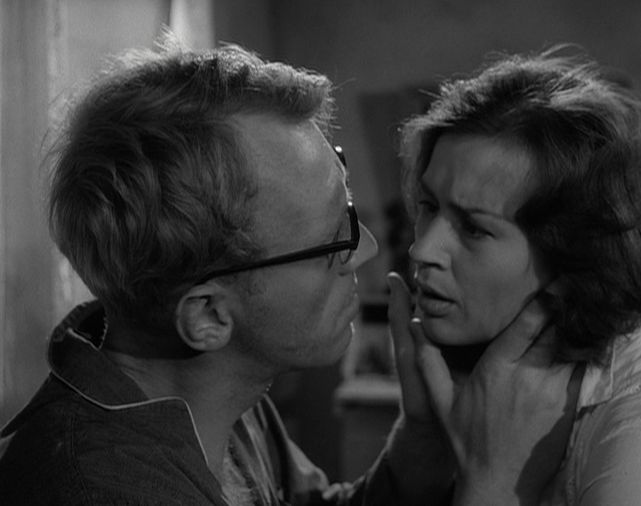
A metaphysical sense of dread and mystery is what is left after Bergman lifts the veil from the question of God in “Through a Glass Darkly”. Karin, played by Harriet Andersson, has just been released from a mental hospital and is reunited with her family in their island house. Things are not good, however; her father is suffering from depression and anxiety, her pubescent brother is struggling with his sexual awakening, and her husband’s seeming serenity is just a façade that hides great despair.
Karin’s mental illness has made her senses sharper; her hearing is more acute now, and she thinks she can hear God talk to her. She is unexplainably attracted to an empty and decayed room in the house where she can hear the voices better.
Throughout the film, her mental health deteriorates and her fear ensues. Before she is taken back to the mental hospital, she has a metaphysical encounter in the room; she bursts into desperate and terrified screams after she sees God there, and her spiritual loneliness turns against her.
10. Mirror (Andrei Tarkovsky, 1975)
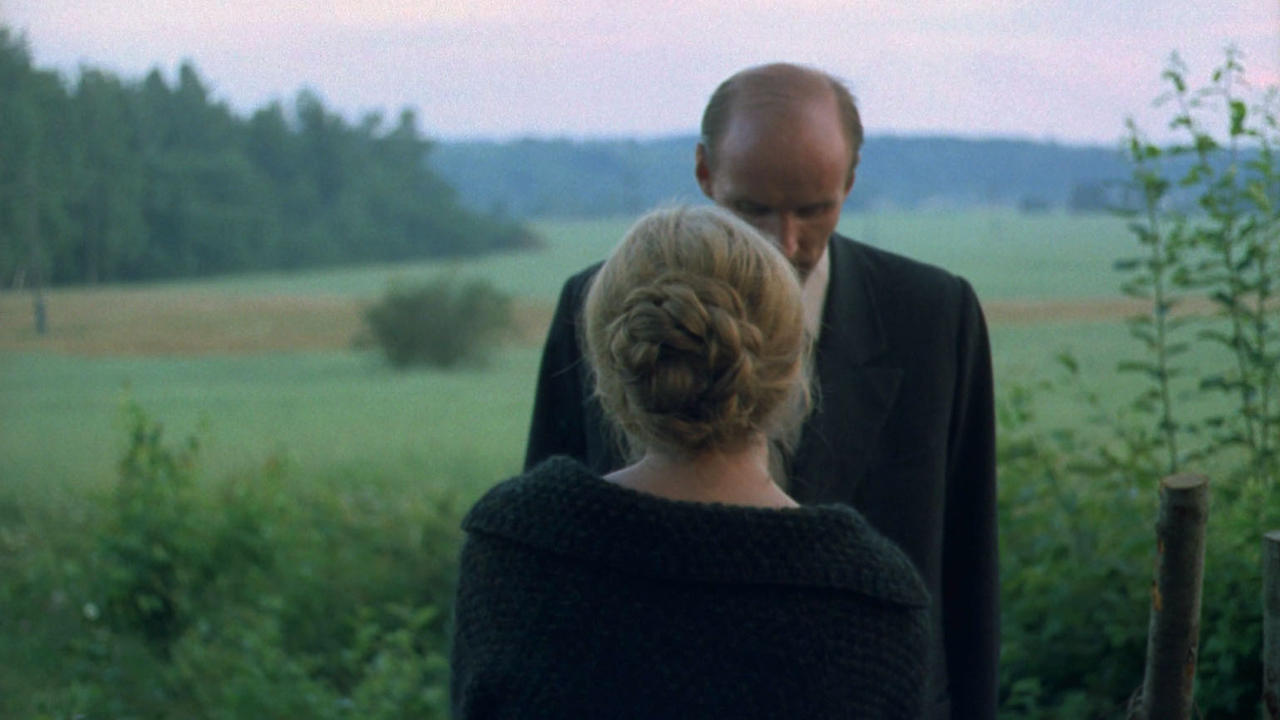
Tarkovsky might be regarded as the quintessential Russian filmmaker. Everything in his films remind audiences of his homeland, even those he made during his exile.
In “Mirror”, a man on his deathbed recalls his life in dreamlike and beautiful images, remembering growing up during World War II, as well as remembering his mother, art and poetry, and his beloved Russia. This is, by far, Tarkovsky’s most often cited and honored film, and that’s because he managed to take cinema as an art form to a level no other director had achieved before him, opening up new narrative possibilities.
The film unravels as a series of half-remembered dreams, going subtly from one to another. Tarkovsky’s world is a spiritual one in which the experiences don’t just pile up to conform to a questionable linear life story, but rather they coexist at the same time, turning the individual experience into an act of communion with the universe.
11. Blade Runner (Ridley Scott, 1982)
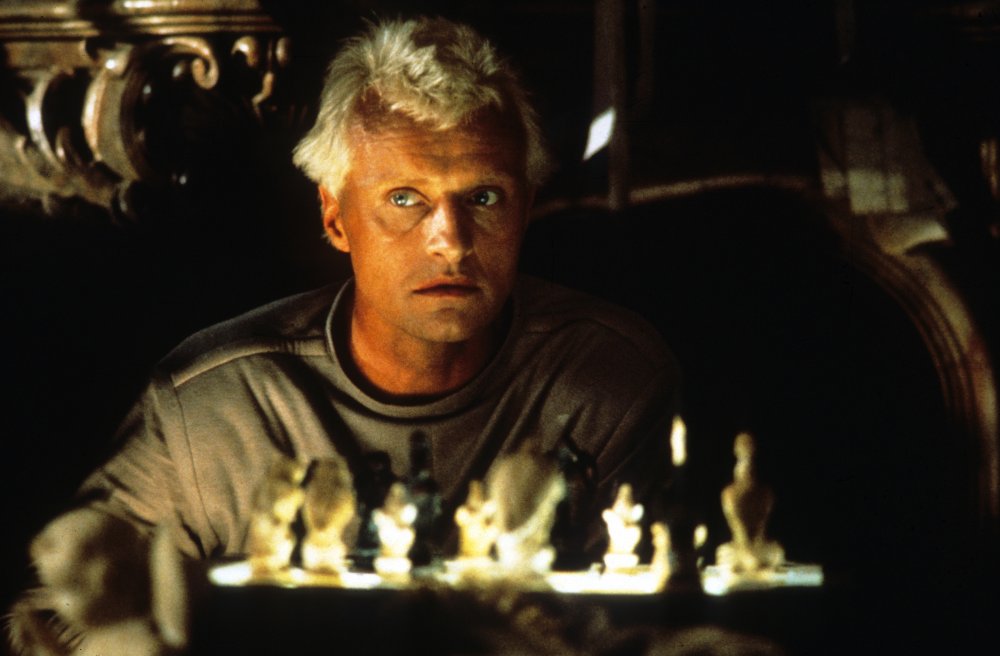
“Blade Runner” is set in a future in which technology has advanced to the point where people coexist with replicants – organical robots indistinguishable from real humans and often used as workers. Due to their short lifespan, replicants tend to become emotionally unstable over time, and thus threatening.
The job of a Blade Runner is to ‘retire them’ (which is a euphemism for ‘kill them’) once they become dangerous. Harrison Ford stars in the film, pursuing a group of four rogue replicants who desire to meet their ‘creator’ and ask him for a longer lifespan.
The tale of the outsiders being chased for something for which they are not guilty is something that has been seen over and over throughout the history of mankind, and sadly it is still relevant. The social and existential dramas underlying in the plot are accompanied by a metaphysical one; the replicants, faced with forcefulness of their death, do whatever they can in order to find their ‘creator’. They want to know why they have so little time, and they want to have more of it.
12. Rashomon (Akira Kurosawa, 1950)
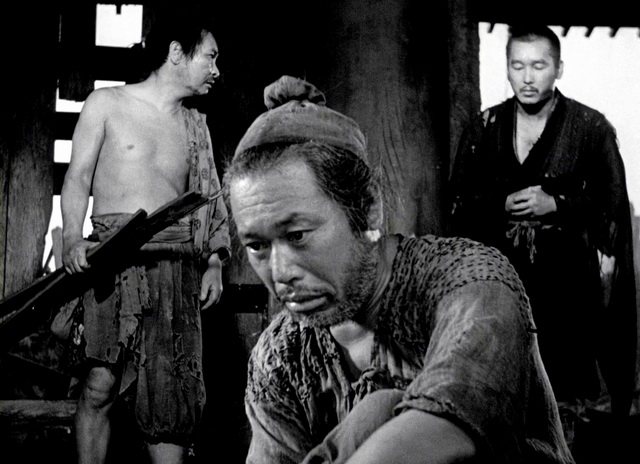
The philosophical starting place of Kurosawa’s “Rashomon” is the search for truth and justice. A crime has been committed – a samurai was murdered. Three witnesses tell their version of the story: the bandit accused of killing the samurai and raping his wife, the wife, and the samurai himself (through a medium). They all tell completely different stories, making it impossible to clarify the crime.
The film puts in the spotlight the unattainability of true objectivity. The facts will always be diluted when they are put to judgment, and truth will always be a far ideal. We cannot control what other people do, and this impotence often leads to disappointment and sadness, for we cannot stop the evil in others.
Our legal systems seem under this light as incomplete attempts to believe in a sense of order and meaning behind which we can feel safe. When all that fails, and chaos is unleashed again, we can only hope that a God out there will bring the justice that we couldn’t bring ourselves.
13. Pan’s Labyrinth (Guillermo Del Toro, 2006)
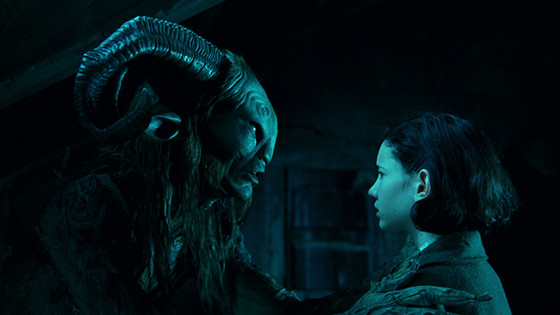
Guillermo Del Toro’s “Pan’s Labyrinth” is probably the darkest and most depressive fairytale ever made. Set during the Spanish Civil War, it tells the story of Ofelia, a young girl who is forced to live with her sadistic stepfather, who happens to be an military officer. Ofelia meets a faun who reveals that she is the princess of a kingdom, but in order to get there she needs to prove her lineage by completing three gruesome challenges.
Imagination is explored as our ability to fly over our pain and confusion to find a world in which things make sense, to divinize the fear and the destruction. The suffering and fear provoked by her ultra-conservative stepfather ignites her search for a better world; she wants to leave the senselessness of existence on Earth to find her real life in heaven, a life in which she can be away from the agony of this world. She wants a place where she belongs.
14. Ghost in the Shell (Mamoru Oshii, 1995)
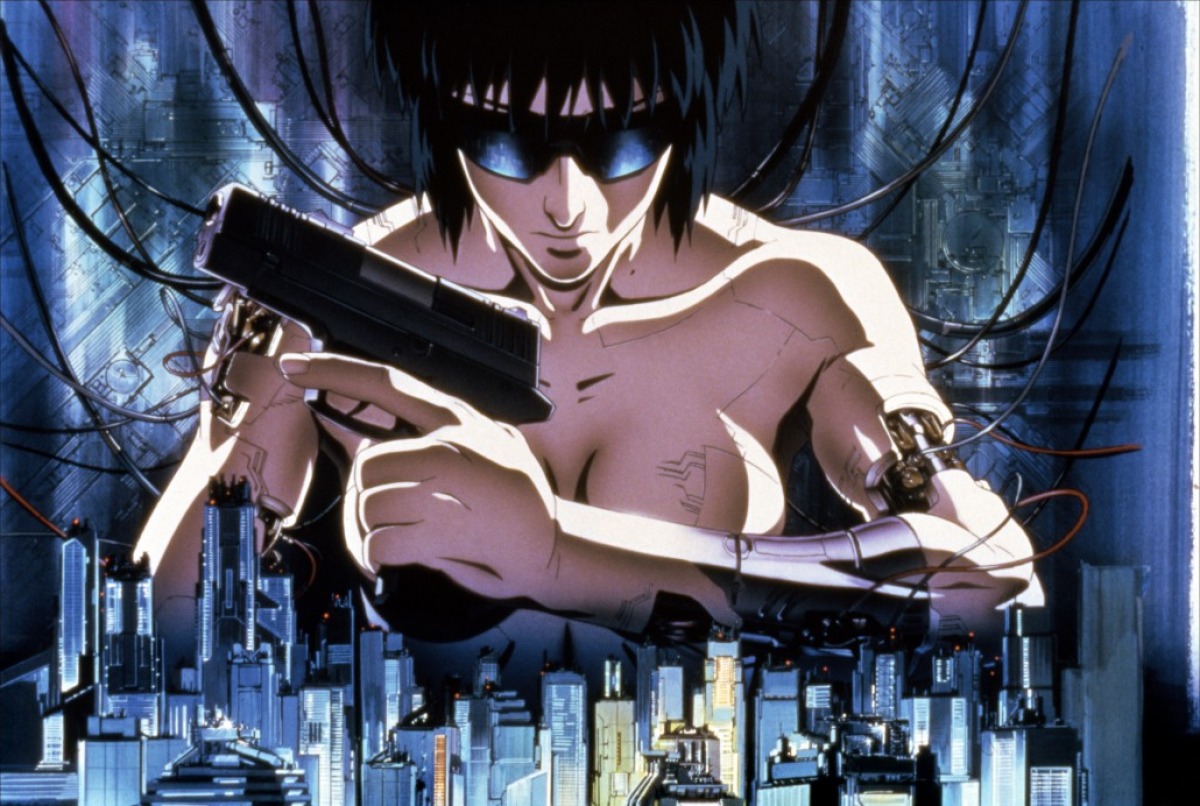
Similar to “Blade Runner” in its philosophical questions about what it is that makes us human, “Ghost in the Shell” investigates the places where our advancing integration with technology will take us. Major Kusanagi is the protagonist of the story, an android leader of an assault team for the Public Security of the city’s Section 9. She is tasked with the capture of the ‘Puppet Master’, a powerful hacker involved in political assassinations.
The Puppet Master turns out to be a sentient AI who proposes to Kusanagi to merge. By being together they could join the path of organic life; they would be able to evolve and mutate. Individuality is portrayed by the Puppet Master as a limitation. “Ghost in the Shell” examines the evolution of life on Earth, the path it followed in order to get to us, and the one it will take after us.
Technological interconnection is the next evolutionary step for us, the way to a higher and more sophisticated consciousness.
15. The Tree of Life (Terrence Malick, 2011)

Memories, pain, pleasure, discovery, the entire history of the universe, and the death of 19-year-old boy; this is at the same time a poem, a love letter, and a prayer, and an ode to life. Terrence Malick is another one of the filmmakers in this list who has been greatly influenced by Tarkovsky. In “The Tree of Life” a man named Jack takes a look back into his childhood, his memories of his mother and father, his relationship with his brother, and the events that defined him while growing up.
Jack is an adult entranced by remembrance, and in his inner landscape, pain and beauty are forces revolving around each other, fundamental to the universe, the hidden motor of history. The beautiful images, photographed by Emmanuel Lubezki, are sometimes interrupted by images of the universe, of stars, of our planet being born and its early inhabitants, setting the story on a cosmic and divine scale.
Author Bio: Gustavo Toledo was born in Mexico City and he lives there. He is a graphic design student and a freelance writer. After a tragic accident in his childhood that left him homebound for several months he discovered the magic of cinema and now he is passionate about it. Since then all he ever dreams about is making movies.